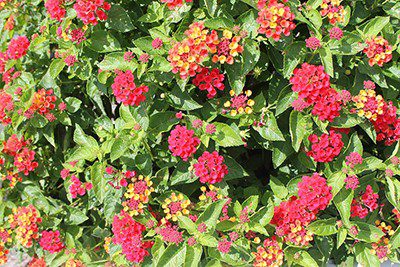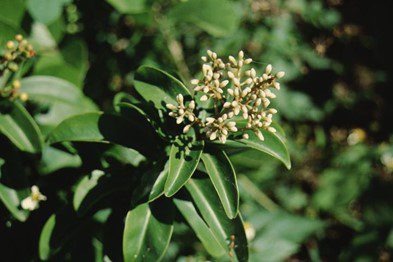|
Getting your Trinity Audio player ready...
|
Legend has it the reason South Florida pineapple farms of centuries past failed was because salty soil made for terrible tasting pineapples. While this sounds pretty believable, it is actually a myth. Diseases, freezes, and competitively priced imports were the main reasons for the demise of Florida pineapple farming.
What is not a myth is the havoc salt can wreak on landscaping. Salt exists in our soil, it is carried by the winds and breezes we enjoy, and there is salt in our water – whether reclaimed and used for irrigation or in areas with seawater intrusion. Salt is everywhere! Too much salt can make it difficult for plants to absorb water properly and can actually cause plants to secrete water instead. Plants not well suited for high salinity conditions will display leaf burn or leaf drop and eventually die.
“Right plant, right place”, a well-known landscaping success factor, is important to observe anywhere but especially important to be mindful of in coastal communities. If your property is in an area with risk of exposure to high winds and frequent flooding from saltwater, you will need to select highly salt tolerant plants – unless the landscaping committee happens to enjoy and have the funds for frequent landscape projects.
Luckily, with expert advice and professional installation, there are a variety of colorful, salt-tolerant plants well-suited for coastal conditions. Dune grasses and shrubs like bay cedar and sea lavender are tough enough for areas directly adjacent to the beach. For a boost of color, try daylilies, beach rose, lantanas, or prickly pear cactus. Saw palmettos, sea grape, buttonwood, saltbush, and white mangrove are tree options that are all tolerant of high-salinity environments. If palms are preferred, consider silver palms or cabbage palms.
For areas less prone to high winds and coastal flooding, yaupon, marlberry, coco plum, wax myrtle, and mound lily yucca are attractive choices. For trees, try golden fig, fiddle leaf, southern magnolia, and sweet acacia – all have moderate salt tolerance.
If the plants your landscape committee wishes to see have not been listed yet, don’t fret.
With some creative container planting, almost anything is possible. Container planting offers greater control over salty conditions through the use of potting soil and the ability to move the planter to sheltered locations when wild weather is on the way. If a container plant does accidentally receive too much salt, the soil can be flushed to remedy the issue.
While many salt-tolerant plants have been listed here, this is not an all-inclusive list. There are other options that may work for your property depending on location, hardiness zone, and environmental factors. Be sure to consult a landscape professional to help guide you with your plans for creating a sweet looking landscape in a salty environment.
For more information about Brightview Landscaping, call 954-431-1111 or visit www.brightview.com.







